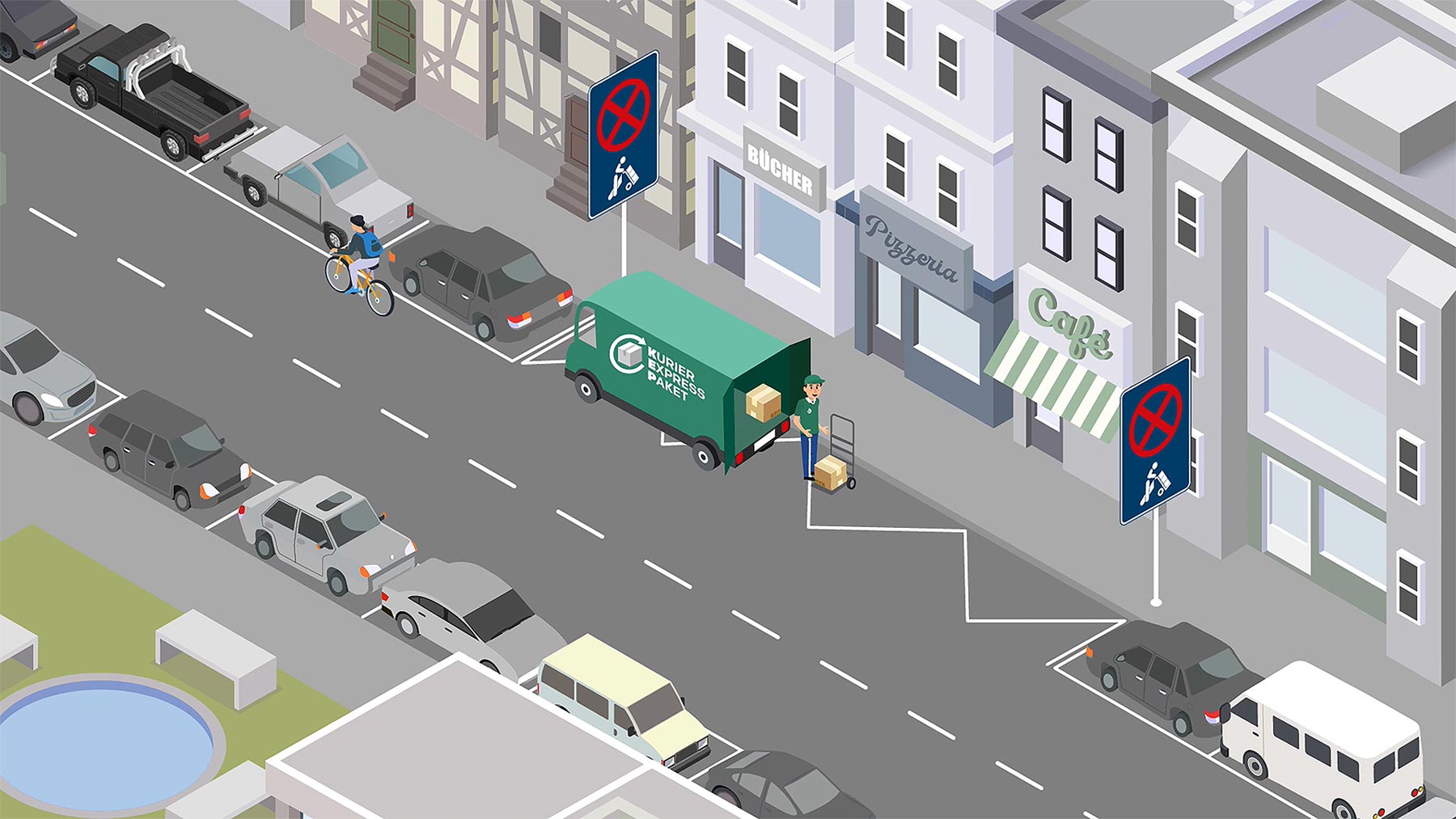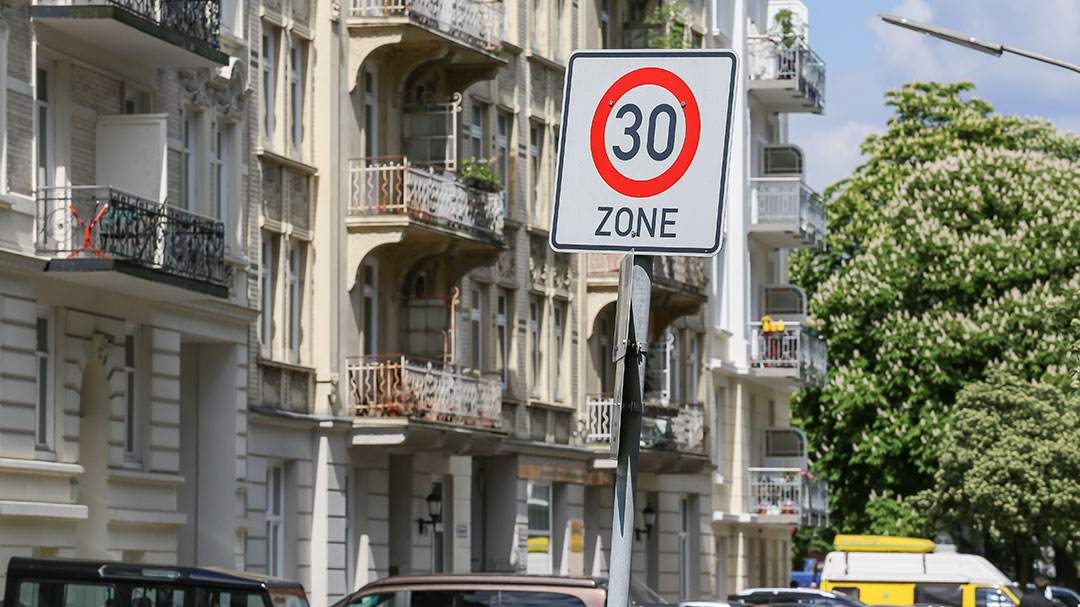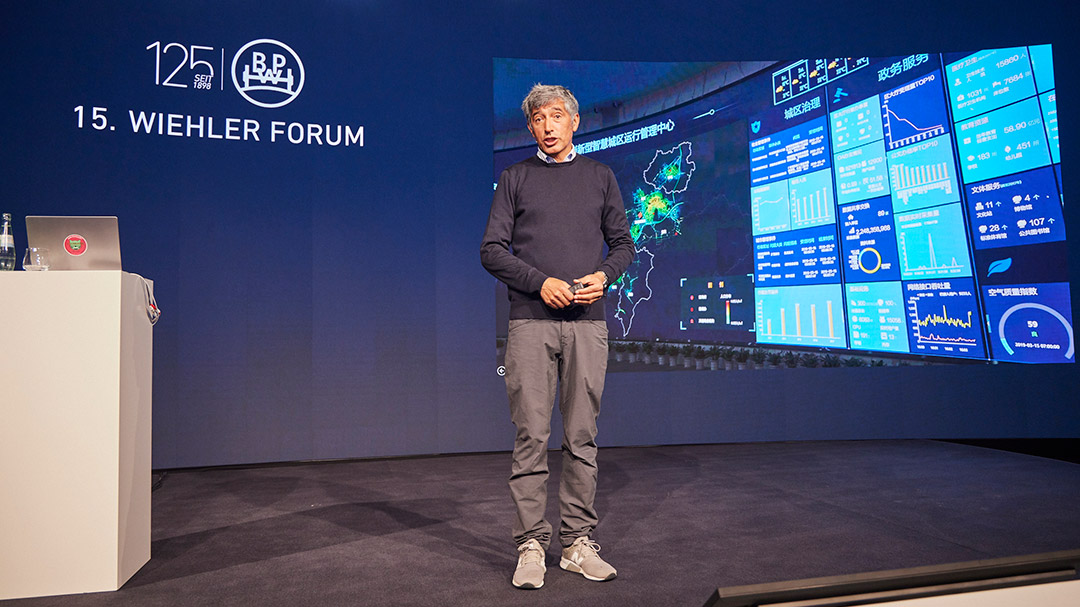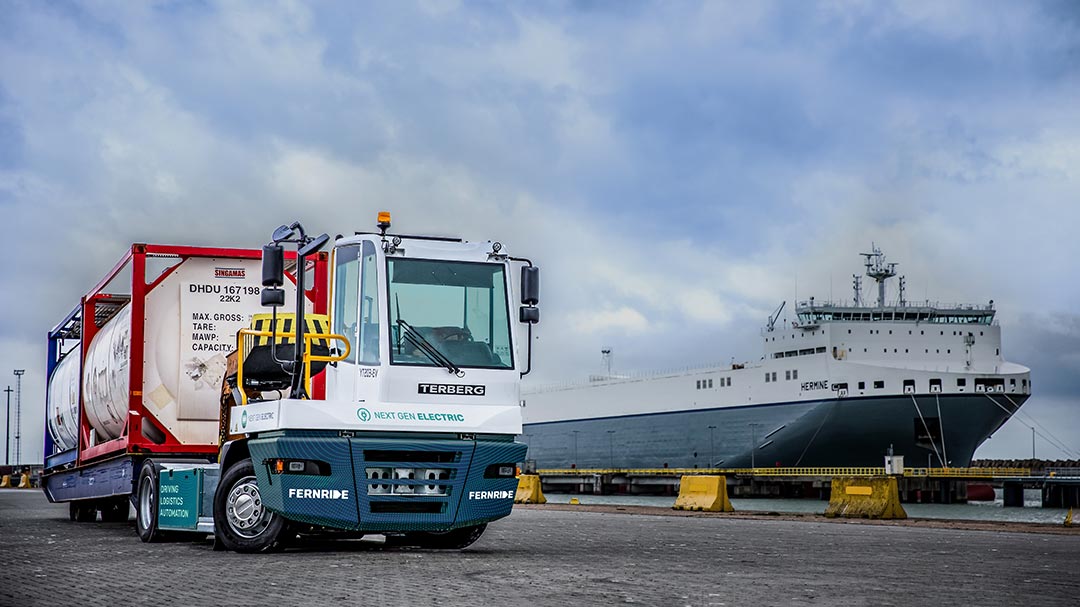Text: Oliver Schönfeld
Photos: Agora Verkehrswende, Hochschule Darmstadt, BIEK e.V., Shutterstock
Every day we are greeted with cars lined up bumper to bumper: permanent traffic jams have become the routine in many metropolitan regions. The powers that be in towns and cities are looking for ways out of the gridlock which are in line with the road traffic law reform according to new concepts for stable, functioning urban logistics.
Road traffic law reform
Wolfgang Aichinger, Senior Associate, Urban Mobility at Initiative Agora Verkehrswende, agrees with Follmann: “More loading zones will help combat stopping and parking on bicycle paths and crossings, as well as the double-parking issue that we so frequently see in delivery traffic today. The city of Wiesbaden is a good practical example for the systematic expansion of this.” A new traffic sign which indicates such loading areas is, according to Aichinger, not absolutely necessary. “However, as is so often the case in traffic law, it would significantly improve the layout and comprehension.” This would also include monitoring the use of such loading areas and imposing penalties on those parking their cars incorrectly. A further suggestion from Wolfgang Aichinger: “Logistics areas should be set up on private ground in new building and neighbourhood constructions. Zero-emission zones can contribute to the transformation to emission-free logistics.”

»More loading zones will help combat stopping and parking on bicycle paths and crossings, as well as the double-parking issue that we so frequently see in delivery traffic today.«
Wolfgang Aichinger, Senior Associate, Urban Mobility at the Initiative Agora Verkehrswende
In order to highlight the large consensus among interest groups such as the Bundesverband Paket und Expresslogistik e. V. (BIEK) or Radlogistikverband Deutschland e. V. Agora has brought together current proposals for reforming traffic law. Deeper insights have lately been provided from an online discussion on the subject of ‘Comprehensive road traffic law reform – which steps are necessary?‘ with representatives from scientific and political fields. This made it once again clear: the communities want more adaptation in road traffic law, in particular more flexibility for taking action and making decisions at individual locations.

Until now, the designation of a 30 km/h speed limit has been associated with major bureaucratic obstacles and strictly defined framework conditions, such as the presence of a children’s nursery in the direct vicinity. In a Decision from September 2021, the committee of the association of towns and cities requested that municipalities could instead independently reduce the maximum speed to 30 km/h locally on individual roads – regardless of specific hazardous situations. Moreover, model projects were instigated in order to evaluate the effects of a general speed limit on inner city roads.

»Speeds of 30 km/h promote a more even traffic flow.«
Professor Dr. Jürgen Follmann, Dean of the Darmstadt University of Applied Sciences
Effects on urban logistics
Professor Dr Follman agrees with the requests from the association of towns and cities: “Speeds of 30 km/h promote a more even traffic flow. It should be implemented on sections of road where various types of traffic heavily overlap, in order to improve road safety and reduce harmful emissions and noise.” In his interpretation, main roads with dedicated facilities for bicycle traffic would gerenally continue to have a 50 km/h speed limit.
Would a downshift in speed have a negative effect on logistics? There is hardly any concern, Wolfgang Aichinger emphasises. “A mail, express and logistics vehicle spends 81 per cent of its time in use standing in inner city delivery areas. The average speed in the delivery area is 14 km/h.” Therefore, from the perspective of inner city transport, the speed limit is in no way decisive. In contrast, a better and more even traffic flow, as is more likely to be achieved with a 30 km/h speed limit, could have a positive effect on goods and commercial transport.







